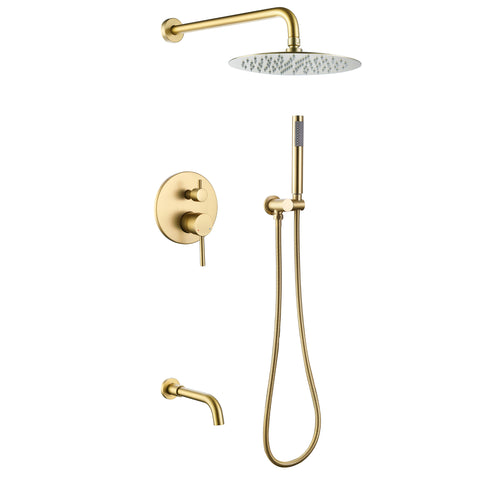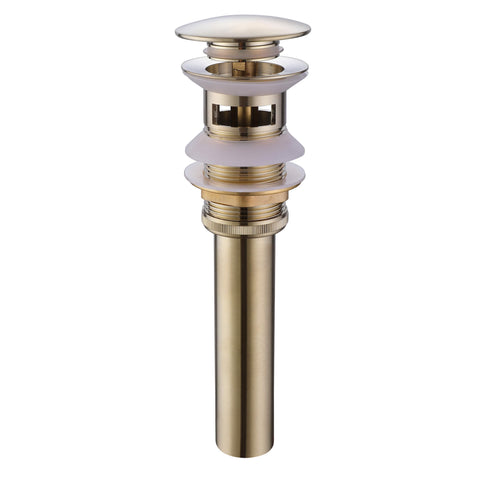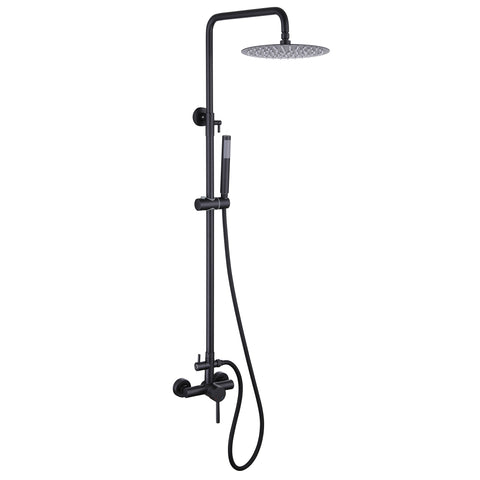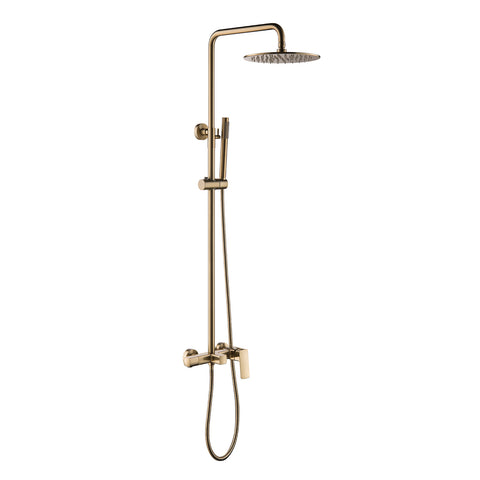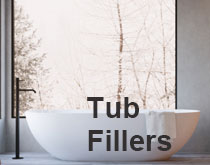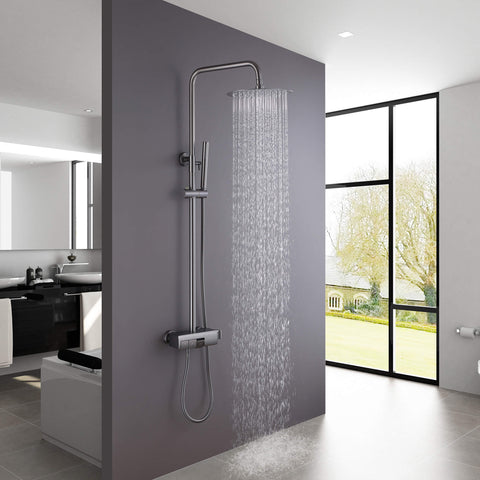What Is the Best Method for Repairing a Shower Faucet?
1. Identify the Problem
Before diving into any repair, it's crucial to identify the specific issue with your shower faucet. Common problems include dripping faucets, temperature fluctuations, low water pressure, or complete loss of water flow. Identifying the problem will help you determine the right course of action.
2. Gather Your Tools
For most faucet repairs, you'll need a few essential tools:
- Adjustable wrench
- Screwdrivers (Phillips and flat-head)
- Replacement parts (cartridges, washers, O-rings, etc.)
- Plumber's tape
- A bucket or towel to catch water drips
3. Turn Off the Water Supply
Before you start working on your shower faucet, turn off the water supply to prevent any accidental flooding. Typically, you can find a shut-off valve near the faucet or in the main water supply line to your bathroom.
4. Repairing a Dripping Faucet
A dripping faucet can waste water and increase your water bill. To fix it:
- Remove the faucet handle (usually by removing a screw or using an Allen wrench).
- Replace the worn-out cartridge or washer inside. Consult your faucet's manual for specific instructions on replacement parts.
- Reassemble the faucet, turn on the water supply, and test for leaks.
5. Fixing Temperature Fluctuations
Inconsistent water temperature can be a frustrating issue. To address this problem:
- Check if your faucet has a temperature limiter or anti-scald valve. Adjust it as needed.
- Inspect the cartridge or valve assembly for damage or wear and replace if necessary.
- Reassemble the faucet, turn on the water supply, and test for temperature consistency.
6. Resolving Low Water Pressure
Low water pressure can make your shower less enjoyable. Here's what you can do:
- Remove the faucet head and clean it thoroughly. Sediment and mineral deposits can clog the openings.
- Check for any debris or blockages in the showerhead or the faucet itself.
- If the pressure problem persists, you may need to replace the showerhead or call a professional to inspect your plumbing system.
7. Seeking Professional Help
Some faucet issues, especially those related to the plumbing behind the wall, may require the expertise of a professional plumber. If you're unsure about your DIY skills or the complexity of the problem, it's always a good idea to consult a licensed plumber to prevent further damage.
Conclusion
A well-functioning shower faucet is essential for a comfortable and relaxing shower experience. By identifying the problem and using the right tools and methods, many common shower faucet issues can be resolved without the need for a plumber. However, remember that safety should be a priority, and if you're uncertain about your abilities, don't hesitate to seek professional help. With the right approach, you can repair your shower faucet and enjoy a refreshing shower once again.
